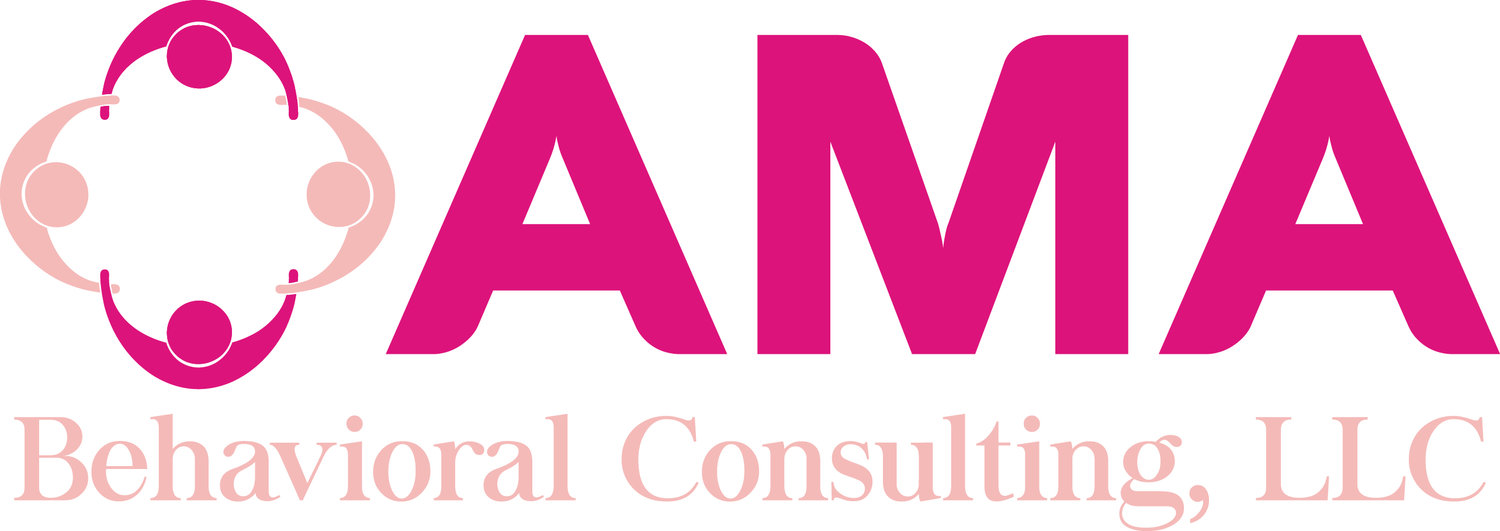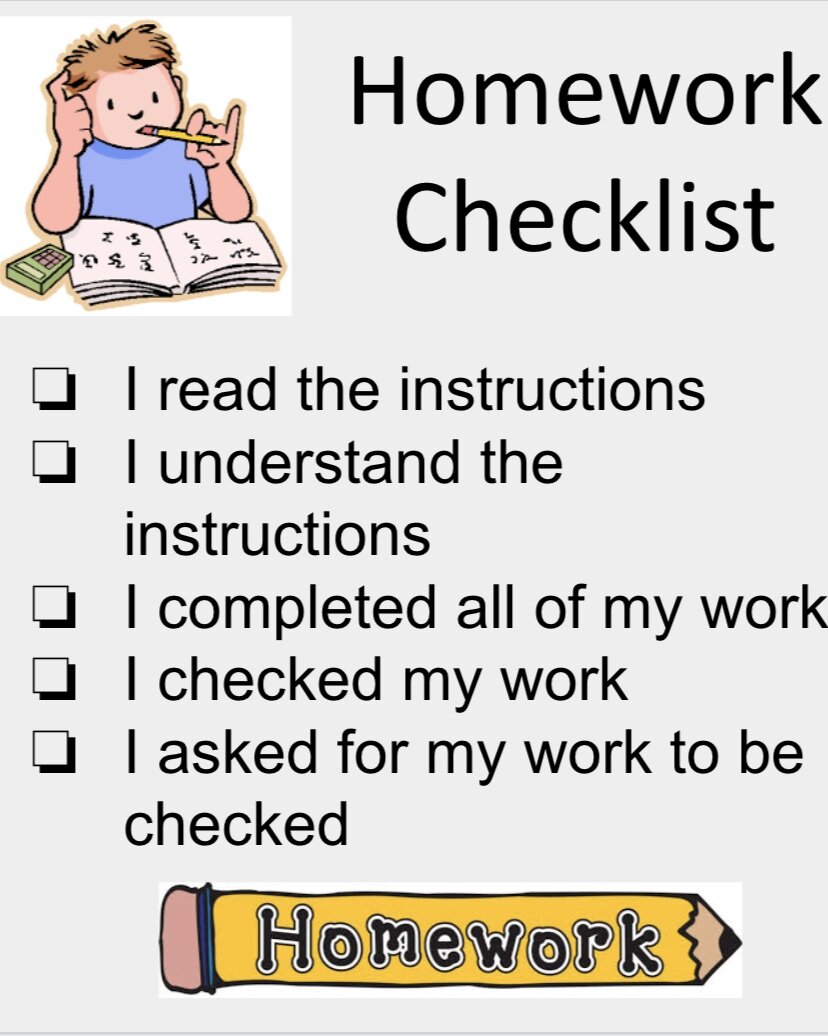Preparing for An Initial ABA Therapy Assessment
/Reading Time: 5 Minutes
An initial assessment is an opportunity for our team to get to know you and your child. There will be several events that take place during this initial session and we want to make sure you know what to expect! Below you'll find the main components of what to expect during an initial ABA Assessment:
Photo credit: B & E Photography
Caregiver interview: The very first thing we will do is complete some questionnaires about your family and your child. This will include discussing any family history of diagnosis, developmental milestone progression and delays and learning about any medications or allergies. This will also be a great opportunity to talk about any concerning areas (i.e. Your child is not communicating using vocal words OR does not respond to one-step directions). We also like to use this time to discuss any short or long term goals you have for your child and your family unit to include in our programming.
Informal and Direct Observation: While we (Behavior Analyst) are completing this questionnaire with you, we will be observing your child in their natural environment. This is a great opportunity to discreetly observe any behaviors you may have reported, your child's ability to request items or attention while you're busy and also observe the way that they play with their toys!
Direct Assessment of Skills: We will then begin testing some skills in the natural environment. Depending on the child's level, we may use a variety of toys (it will look like we are playing but we promise we are testing!). We may also use testing books that have pictures and/or words to assess your child's skill level. Some of the categories we will test for early learners using the VBMAPP as an example will include:
Requesting: Your child's ability to ask for items or actions they want/need.
Labeling: Your child's ability to label items when asked to do so.
Receptive Skills: Your child's ability to follow instructions and selecting items when told do so.
Visual Perceptual/Match-To-Sample Skills: Your child's ability to complete multiple step items like a puzzle, matching and sorting.
Play Skills: During our entire assessment, we will be evaluating how your child plays. Does your child repeatedly play with items a certain way? Do they explore the types of toys we bring in for the session?
Social Skills: Your child's ability to take turns, share their toys and even make eye contact when they want to gain our attention.
Motor Imitation Skills: Your child's ability to imitate the actions we show them through direct or play presentations.
Echoic Skills: Your child's ability to echo words and sounds that we present during the evaluation.
Please note: This is an example of what we would test and does not include additional skills like the child's ability to respond to fill-ins, answer questions, or their ability to create new relations based on direct teaching. For older children, we may use other assessment tools and categories (like these above), to best help them at their developmental level. Our team will review what tools will be used for your child!
Assessment Write-Up: Once we are finished with the assessment, we will create an assessment write-up with a summary of your child's skill set, behaviors and goals for the next 6 months. We will also review, based on the assessment results, what we are recommending for hours and what sessions will look like. We will send you a copy and review everything listed to ensure that your goals for your child are in agreement with the goals we have selected.
Insurance Approval: The next step involves sending this report to your insurance company for approval. This can take anywhere from 2 weeks to up to a month (time varies by insurance). Once the therapy hours are approved, we will discuss scheduling and get ready to start services. For more information on how to prepare for in home ABA therapy, please read our article here.
We hope you found this article helpful and would love to know if this was helpful in the comments!!





